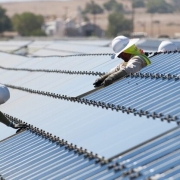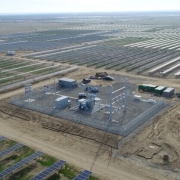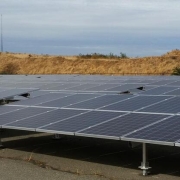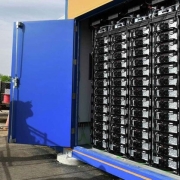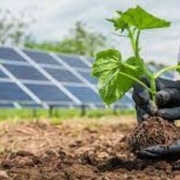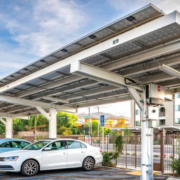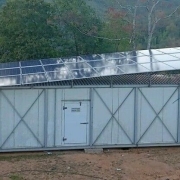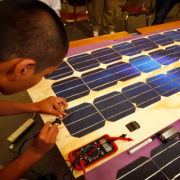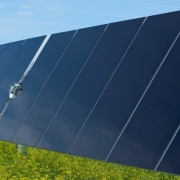Wells Fargo, MUFG and Silicon Valley Bank have completed US$260 million of construction financing for Leeward Renewable Energy’s Chaparral Springs solar-plus-storage project in California.
The developer announced the securing of financing and tax equity commitments for Chaparral Springs yesterday (10 January). The project in Kern County, California, will combine 174MW of solar PV and a four-hour 88MW/352MWh battery energy storage system (BESS) once operational in September 2023.
The debt portion was issued under the Loan Market Authority’s Green Loan Principles. JP Morgan has provided US$29 million in tax equity investment and has committed to investing another US$114 million at commissioning.
Click here to read the full article
Source: Energy Storage News
—
If you have any questions or thoughts about the topic, feel free to contact us here or leave a comment below.

